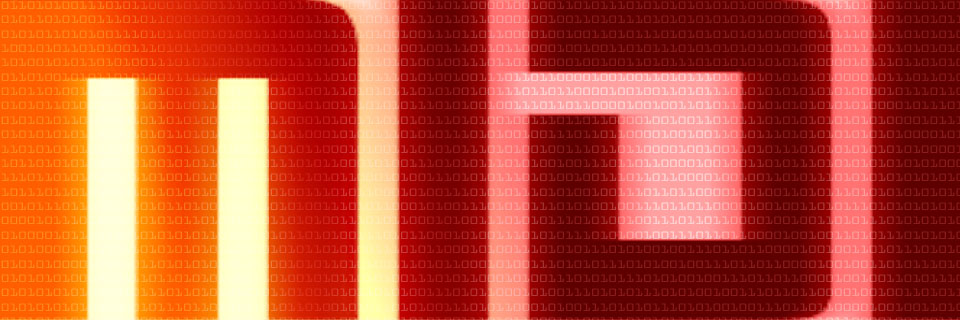1. The MIDI computer language, in the form of a set of messages or commands.
2. The details for the electrical way those messages are transmitted and received, including the hardware MIDI interface and cables.
NOTE: MIDI is NOT the sound itself. It IS information which may be used to instruct a sound making device (such as a sampler, keyboard or synthesiser sound module) to play. Although MIDI cannot transfer sound itself, it can carry non real-time information capable of describing the “patch” set-up of a sound making device, such as a synth, and, using the MIDI Sample Dump Standard, a sample itself.
The development of MIDI
Suggested, and in partnership with other companies, designed by engineers at Sequential Circuits in 1981, MIDI was originally conceived as a way for a musician to play one keyboard from another. Subsequently it has found many more uses including synchronisation, sequencing (or MIDI Recording), remote computer based sound editing of synth and FX processor patches, and external control of hardware devices such as tape recorders, mixing desks and stage lighting control systems.
As well being universal MIDI is also expandable. Room was left in the original spec to allow new commands to be defined if and when they became necessary. MIDI Time Code, for example, was added in 1987.
What is MIDI used for?
MIDI has 3 primary functions ...
- To allow a network of electronic musical instruments and devices to exchange performance information in order to allow a music maker to record, edit. playback and store a musical performance.
- To allow a network of electronic musical instruments and devices to exchange information about how they are configured.
- To allow a network of tape recorders, computers, sequencers and drum machines to play together in synchronisation.
MIDI is a universal protocol
Unlike previous manufacturer specific CV (Control Voltage) systems, any device that has a MIDI interface may communicate using the MIDI language with any other MIDI device regardless of who manufactured it.
What is a MIDI device?
A MIDI device is anything that has a MIDI interface such as ...
Soundcard MIDI interface
Computer USB MIDI interface
Computer audio/MIDI interface
Sampler
MIDI keyboard
Drum machine
Synthesiser
SMPTE synchroniser
Digital mixer
Effects processor
What is a MIDI channel?
The MIDI language contains 2 categories of messages ...
-
Channel messages are used to send and receive musical performance information.
-
System messages are used for synchronisation and network configuration purposes.
A single MIDI chain, comprising MIDI devices and connecting cables, may carry 16 separate channels of performance information (channel messages). For example, channel 2 could carry information about a piano part to a keyboard set to receive on channel 2 whilst channel 6 could carry information about a conga part to a sampler set to receive on channel 6. A MIDI sound making device (such as a sampler, keyboard or sound module) may be set to single MIDI channel (unless it offers a multi-timbral operation mode - see below)..
Like a row of televisions each tuned to a different channel, each MIDI device can be set to recognise data on one specific channel, and to ignore data on all others.
What does multitimbral mean?
A multitimbral (many sounds) sound making device (such as a sampler, keyboard or sound module) has the ability to produce many different sounds simultaneously. Each sound may be configured to respond to a different channel of MIDI information.
What is MIDI choke?
In order to encourage manufactures to implement MIDI, it was designed in such a way as to ensure no more than $5-10 would be added to the cost of a given piece of equipment. This meant that 2 major compromises had to be made ...
-
MIDI is a Serial data protocol. This means that 1 Bit (1 or 0) is sent at a time. Speed is limited to 31,250 bits per second. Therefore any two MIDI events will be at least 0.6 milliseconds apart. A parallel connection allows many bits of information to travel side by side.
-
Electrical speed of transmission is slow compared with today's computer interconnect technologies, such as USB.
Therefore a busy MIDI chain can become "choked" with data resulting in audible timing errors if many channels are being used simultaneously.
Read about MIDI interconnections next.

